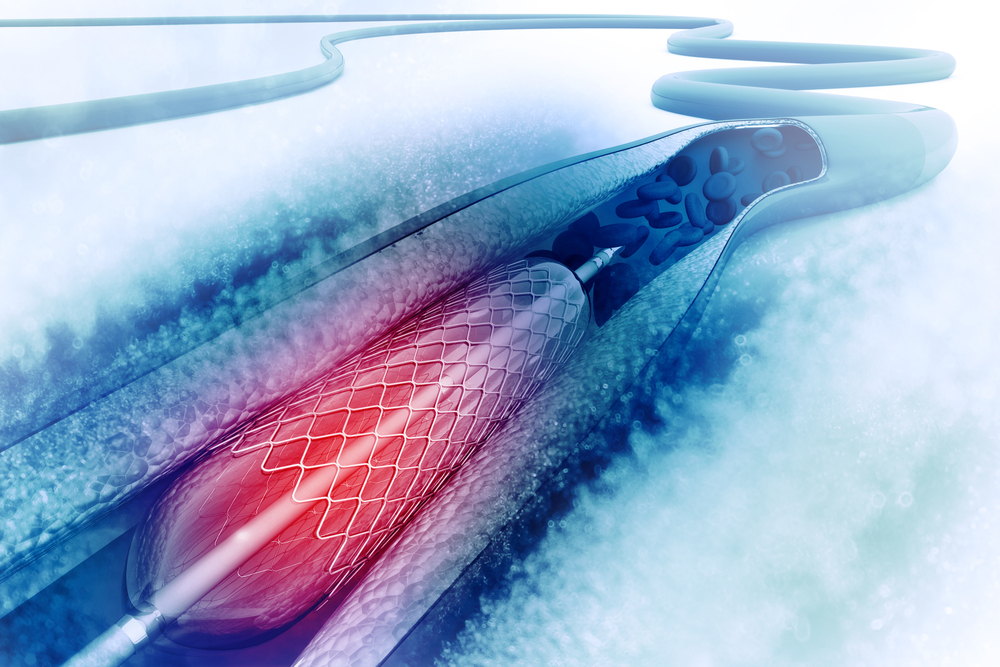What Should You Avoid After an Angioplasty?

Angioplasty is one of the most common cardiac procedure that people undergo. It involves locating a blockage in a vessel by using an injection of dye and X-ray machine, and then opening up that blockage using a stent.
This procedure is done to open up the clogged up heart vessels. For this, the surgeon inserts a balloon catheter in the blocked artery to widen it and enable the normal blood flow. Stent is a medical device in form of a mesh tube which is often placed in the opened artery to help it remain wide and decrease the chances of its narrowing.
Most often, stents coated with medications that help keep the artery open are used now-a-days instead of bare metal. This procedure is used to manage and improve the symptoms experienced due to blocked blood vessels, such as chest pain, shortness of breath and others.
The hospitals in India offer angioplasty with different kinds of stent depending on the patient’s condition. The overall cost of angioplasty may vary depending on several factors including the type and number of stents that are needed to be placed into the patient’s arteries for treatment.
India is highly popular for cardiology procedures on a global level. The advanced medical facilities and low cost treatment packages attracts numerous people worldwide to travel to India for their treatment. The Angioplasty surgery cost in India is very economical in comparison to other countries and people of different social and financial backgrounds can comfortably avail treatment here.
A cardiac specialist performs the angioplasty in a cardiac catheterization laboratory. The patient is given sedatives and local anaesthesia during the procedure. After opening up the artery and placing the stent, the doctor will remove the catheter.
A special bandage will be put on the area where catheter was inserted to ensure its proper healing. The procedure takes several hours to complete, depending on the blockage and other complications.
Most patients can leave the hospital after staying overnight and are able to return to work within a week after the procedure.
The cardiologist will discuss all the instructions and precautions that have to be followed during the recovery. It is advised to drink lots of water and other fluids to help flush out the contrast dye from the body.
There are certain precautions and restrictions that must be followed after an angioplasty. The list includes:
Avoid strenuous activities: During the first few days after the procedure, it is advised only to perform light activities such as walking, climbing stairs and others. The patients are able to take care of their everyday activities easily.
The doctor will assess recovery after five days following the procedure, and recommend the time when you can resume moderate activities. It is still advisable to avoid over-exertion which might lead to tiredness, shortness of breath, or chest pain.
Most patients are able to perform physically demanding activities after three to four weeks post surgery such as lifting heavy objects and other strenuous exercise. It is important to get clearance from the cardiologists before starting any strenuous activity or acts of manual labour.
Avoid Driving: Usually, it is advised not to drive for at least a week after the angioplasty procedure. This is to reduce the risk of having another cardiac problem. The doctor will give a go ahead for driving after examining the heart’s functions during the follow-up visit.
Stop Smoking: This can be one of the best things you can do for your heart’s health after an angioplasty or any other cardiac procedure. Smoking tobacco can cause narrowing of the blood vessels and may lead to a plaque build-up in the blood vessels. This is the prime reason for blockage of artery and needing angioplasty in the first place.
Avoid certain fruits: It is very important to eat right kind of food and have a balanced diet to maintain a healthy heart. The dietary changes after an angioplasty is required to keep the heart’s function good and avoid any further issues in the suture. It is recommended to switch to a more plant-based diet which especially includes foods that are healthy for the heart, such as berries, nuts, and whole grains.
A healthy diet for the heart focuses on decreasing the consumption of salt and unhealthy fats and boost up the amounts of green vegetables, fruits and whole grains in your regular diet.
Do not skip exercise and physical activities: Cardiac Rehabilitation is an essential part of the recovery after angioplasty and stent placement surgery. It helps speed up the recovery after a heart procedure and resume everyday activities as soon as possible. The physical therapist will initially start with light exercises to help you become more active and gradually lead to more extensive exercises.
One has to follow all the instructions given by the doctor in order to have the best outcomes from the procedure. The cardiologist will prescribe blood-thinning and anti-platelet medicines after an angioplasty to prevent formation of blood clots (thrombosis) around the stent.